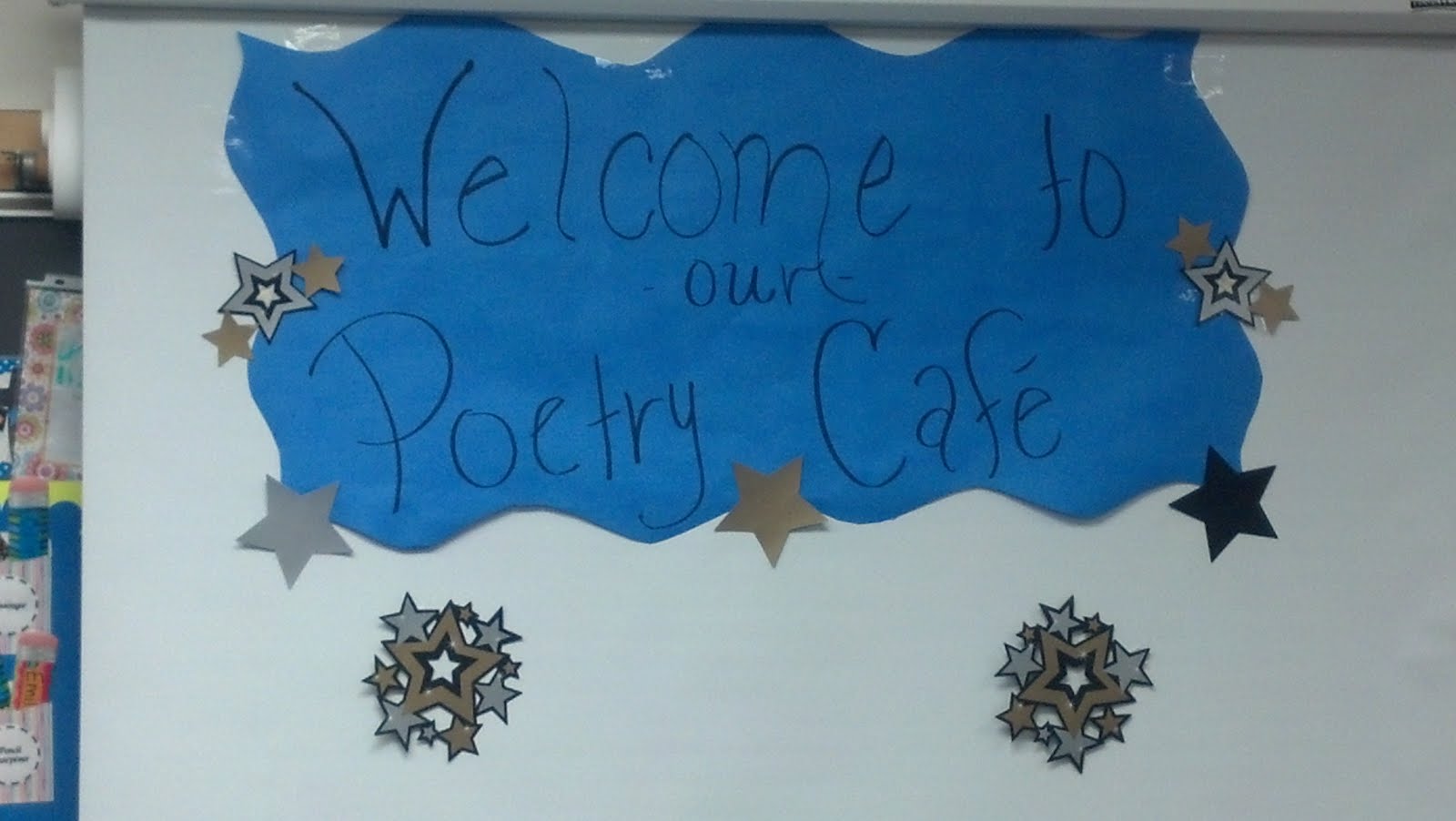| Old Manse window etching at An Historical Lady. |
The
cryptic messages scratched into this window pane date to 1842 or ’43. That is the
year Dark Romantic author Nathaniel Hawthorne married Sophia Peabody.
| Sophia Peabody at Concord Magazine. |
They
spent the first year of their marriage living at the Old Manse in Concord,
Massachusetts.
I was introduced to Hawthorne’s work, and the creepily romantic
window messages, in a graduate school American Lit class. They were “written”
with the diamond in Sophia’s wedding ring.
One of the lines is
said to be related to a miscarriage. "Man's accidents are God's purposes" appears at the top of the window, above.
When Rob and I visited the Old Manse we were newly married, ourselves. I went
looking for the window.
It's twenty-years
later and here is my old friend Hawthorne on Postcard 37.
 |
| A bad photo of my postcard. |
 |
| A similar portrait from the Library of Congress's collection. |
I
knew right away, I’d be writing about that window. What I ended up with is a
sort of found poem.
Each of the italicized lines comes from the Hawthornes’
window etchings. I used Nathaniel and Sophia’s writing as a jumping off point for each
stanza.
Photograph: Nathaniel Hawthorne
Man’s accidents are
his top hat, upside down --
a bowl of thoughts
for anyone to pluck,
his top hat, upside down --
a bowl of thoughts
for anyone to pluck,
pithy
fruit.
God’s purposes
the
globe of Hawthorne’s
forehead
and all the worlds
therein. His down turned
mustache.
therein. His down turned
mustache.
This is his study
each
word measured,
a
gram of salt weighed,
a
chunk of coal (this was
his
early employment),
weighty,
dark.
The smallest
twig
is wet from rain.
His felted coat and velvet
collar. It must be winter.
is wet from rain.
His felted coat and velvet
collar. It must be winter.
Clear against the sky
one
expects to be greeted
at his door with a swarm
at his door with a swarm
of
mechanical butterflies,
themselves escaped
from his overturned hat.
themselves escaped
from his overturned hat.
Composed by my wife,
inscribed by my husband,
they wrote with the edge
of her diamond. To etch this
inscribed by my husband,
they wrote with the edge
of her diamond. To etch this
must
have cost them something
window glass falling,
window glass falling,
fine
as grains of salt
in the Gold light.
Laura
Shovan
The
mechanical butterflies are an allusion to Hawthorne’s short story, “The Artist of the Beautiful.”
If your only experience with this great American author is The Scarlet Letter, run – do not walk! –
to the library and get a collection of his short stories. Hawthorne was an
early master of short science fiction and fantasy writing, a precursor to such
greats as Ray Bradbury.
Author
Ilse Munro thought I’d enjoy these postcards written by famous authors. She was
right! Check out photos of Jack Kerouac, Ernest Hemingway and Virginia Woolf’s pithy postcard greetings.
 |
| Kurt Vonnegut's postcard from Flavorwire. |
Postcard #37 Information:
Great Authors
Nathaniel
Hawthorne (American, 1804-1864). While crafting tales that established the
American short story as an art form and creating such classic novels as The
Scarlet Letter and The House of Seven Gables, Hawthorne also worked as a salt
and coal measurer in Boston, as port surveyor in Salem and for four years as
U.S. consul in Liverpool, England.
Brady-Handy
Collection, Prints and Photographs Division
©Library
of Congress


3 comments:
Don't ever stop this magnificent obsession with postcards. I'm loving it.
Well done, Laura! Beautiful compilation of their words and images that recall Hawthorne's stories. I completely agree with you on the stories. (Scarlet Letter, though--gack! Hester Prynne is a great character, but I think NH should have made it a short story, not a novel.) Now I want to see that window!
Pat
Thanks, dear Anonymous reader. After the 44 postcards, I hope to continue writing and sending at least one postcard poem a week.
Pat, hi! Thanks for stopping by. I enjoyed figuring out a process that worked for this poem. I remember being far more interested in Hawthorne's short fiction than the novels, though House of the Seven Gables was my favorite of those I read.
Post a Comment